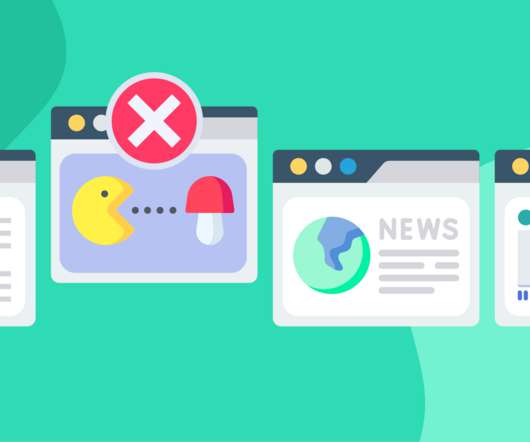How Technology Can Improve Digital Citizenship in K–12
EdTech Magazine
SEPTEMBER 13, 2019
Students are more exposed to the internet than ever. Young children spend around seven hours every day in front of a screen , and most teenagers have access to a mobile device. There are tools available to serve as internet guardrails until a culture of digital literacy and responsible use sets in.

























Let's personalize your content